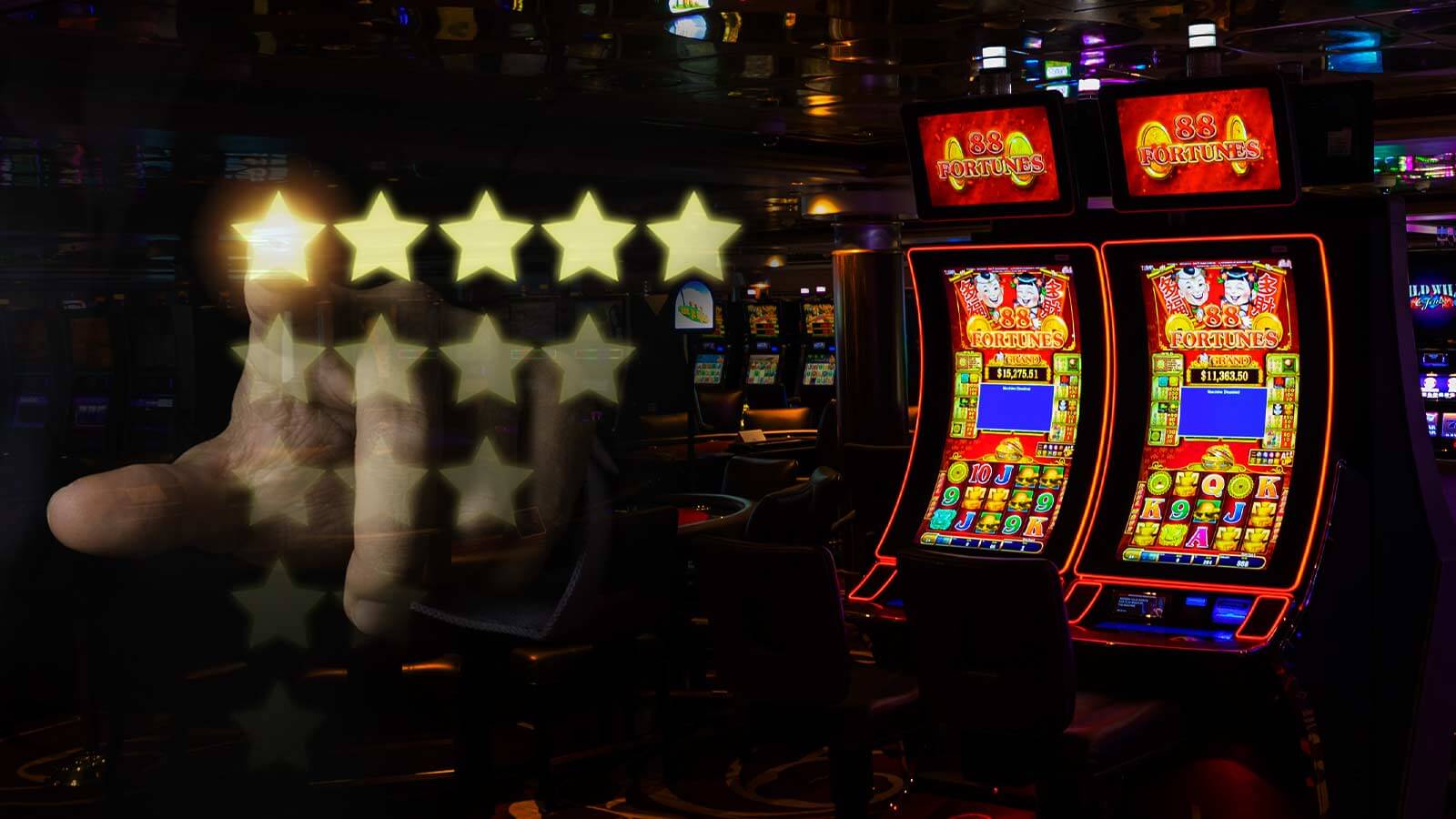
In the dynamic and exciting world of gaming establishments, where luck and strategy intertwine, color and aesthetic play a critical role in attracting gamblers. From the moment players step inside a casino or log into a gaming platform, they are immersed in a visual feast that grabs their attention and entices them to discover more. Bright colors, captivating graphics, and creative layouts are meticulously crafted to create an atmosphere of excitement and expectation, ultimately improving the gaming encounter.
While players move through the ever-changing landscape of casino games, they come across a variety of designs that not only serve visual purposes but also affect feelings and decision-making. Hues like scarlet and yellow symbolize riches and luck, while calm blues and greens can create a much tranquil environment. Grasping how these elements function together allows casinos to create an welcoming and stimulating atmosphere that encourages players to engage with the games, spend additional time at the tables, and boost their general enjoyment.
The Science of Hue in Casino Games
Hue plays a key role in the development of gaming experiences, shaping player emotions and actions. Lively and bold colors, such as scarlet and amber, are often used to stimulate thrill and attract attention. These hues create a sense of pressure and dynamism, encouraging gamblers to involve themselves more eagerly with the experience. By intentionally selecting hues, developers aim to evoke feelings of pleasure and expectation, which can enhance the overall player experience.
Distinct shades also have psychological meanings that can influence how participants perceive their possibilities of victory. For example, green is frequently associated with fortune and prosperity, making it a popular choice in activities like roulette and poker tables. This link can cause participants to feel more positive and confident in their play, ultimately inspiring them to stake more. Understanding these connections allows game designers to design environments that enhance player satisfaction and retention.
Furthermore, the layout of gaming interfaces often employs blended colors and differing shades to direct players’ responses. For instance, winning outcomes may be accentuated with bright, contrasting colors, creating a visual reward. This technique reinforces positive outcomes and supports repeated gameplay. By utilizing color psychology, casinos can create games that not only attract players but also keep them interested and dedicated in their play experience.
Creative Features that Attract Gamers
The aesthetic appeal of casino games is largely influenced by the implementation of bold colors. Bright and contrasting colors are strategically chosen to create an appealing atmosphere that grabs attention. For example, crimson and golden hues often signify good fortune and wealth, which is why they are prevalent in the palettes of slot machines and game surfaces. These colors not only draw players in, but they also evoke emotions related to excitement and expectation, enhancing the overall gaming experience.
In addition to color, the aesthetic and layout of casino games play a crucial role in captivating players. Games are designed to be intuitive, ensuring that players can easily understand the guidelines and gameplay. User-friendly interfaces, along with captivating graphics and motion, help maintain player interest and promote longer play sessions. The tactile elements, such as the texture of the controls and the audio of the games, also contribute to a comprehensive sensory experience that keeps players immersed.
Finally, conceptual elements in gaming design can greatly influence gaming decisions. Many gambling games are inspired by media, myths, or exploration motifs, incorporating symbols and characters that resonate with players. These themes create a sense of immersion and connection, making each game feel distinct. When players feel a connection to the concept, they are more likely to choose that game over others, leading to increased participation and excitement within the casino environment.
Case Studies: Successful Casino Table Game Designs
One prime example of effective casino game design is the acclaimed slot machine series based around popular movies. Games such as those based on the Wizard of Oz and Game of thrones utilize bright colors and high-quality graphics to immerse players in recognizable narratives. non GamStop casinos UK The use of lively visuals and entertaining sound effects grabs the attention of players, building an affective connection to the theme. This approach not just fosters longer play but also improves the overall gaming experience, yielding increased player retention.
Another effective case is the application of color in table games like 21 and roulette. Casinos often develop these games with dark reds and greens, colors traditionally linked with luck and wealth. For instance, the emerald felt on a blackjack table provides a calming effect, while the crimson accents in roulette invite thrill. This deliberate use of color helps to foster an inviting atmosphere that stimulates players to engage, addressing their psychological impulses and enhancing their enjoyment.
Finally, social casino games that feature social features and vivid, colorful designs have experienced remarkable success in engaging players. Games like Zynga’s Poker and Slotomania leverage striking colors and playful animations to establish an inviting online environment. The addition of leaderboards, community sharing options, and in-game rewards promotes competition and community, attracting players in for longer sessions. Such designs not only make the games visually attractive but also emphasize social connectivity, a crucial factor in player retention and engagement within digital casino environments.